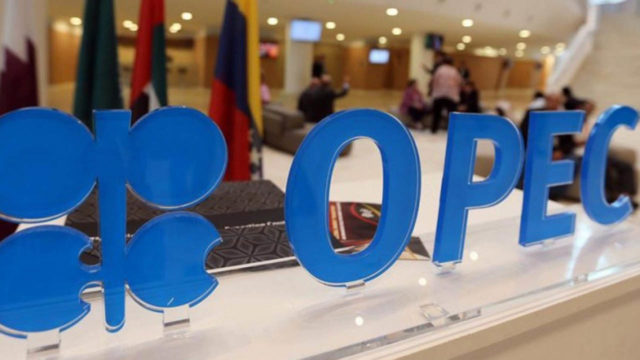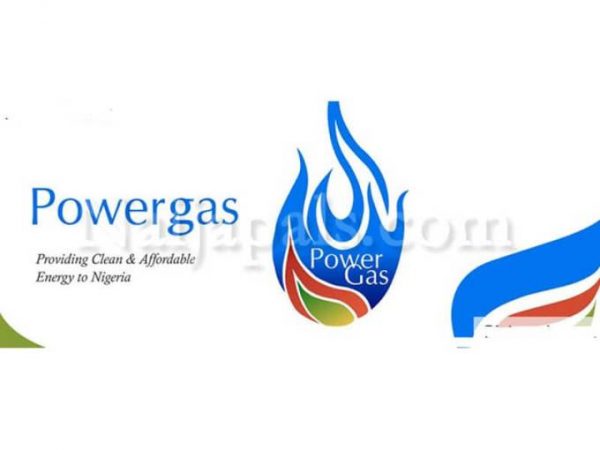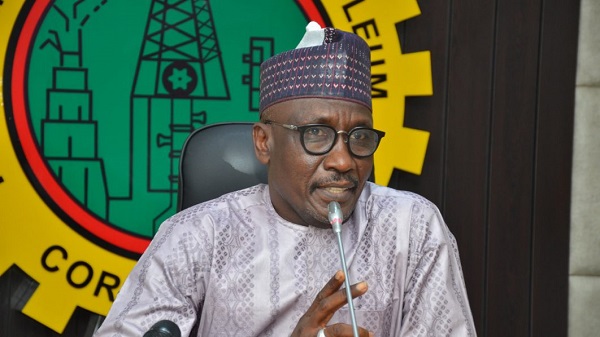OPEC+ maintains status quo amid lower output from Nigeria
The Organisation of Petroleum Exporting Countries plus (OPEC+) coalition’s Joint Ministerial Monitoring Committee (JMMC) recommended no changes to the group’s output policy at its meeting yesterday.
The JMMC, which is made up of key OPEC+ ministers, is not a decision-making body, but it can make recommendations based on its assessment of the oil market and also has the authority to recommend an extraordinary ministerial meeting be held if market conditions warrant. As it stands, OPEC+ is not due to hold a ministerial conference until June.
The JMMC’s recommendation to stay the course on current crude production targets comes against the background of similar supply and demand uncertainties that underpinned the group’s December decision to roll over output quotas, notably, the outlook for Russian exports and Chinese consumption.
Nigeria’s crude oil production increased in December 2022 to an average of 1.23 million barrels per day (bpd) from 1.18 million bpd in November, according to the Nigerian Upstream Petroleum Regulatory Commission (NUPRC) said this in its latest crude oil and condensate production data for December 2022.
A Reuters survey on Tuesday also showed that Iraqi exports declined while Gulf members maintained strong compliance with an OPEC+ deal on production cuts to support the market.
The OPEC pumped 28.87 million barrels per day (bpd), the survey found, down 50,000 bpd from December. In September, OPEC output hit its highest since 2020.
According to the survey, Nigerian output, which rebounded in December, held at similar levels in January, the survey found, leaving more to do if the country is to meet a target to lift output to 1.6 million bpd this quarter.
Output is significantly undershooting targeted amounts because many producers – notably Nigeria and Angola – lack the capacity to pump at the agreed levels.
On the supply side, the EU’s embargo on Russian oil products is due to come into effect on February. Its impact, coupled with the effect of the ban on Russian seaborne crude imports and the G7-led $60/bl price cap on Russian crude sales, remains unclear. Russian crude exports have shown resilience in the face of the embargo so far, but a decree from President Vladimir Putin banning Russian producers from selling under the terms of the price cap may weigh on output.
On the demand side, the pace of China’s recovery, following Beijing’s decision to abandon its zero-COVID policies in December, is another major uncertainty. There are signs that the economy of the world’s largest crude importer is bouncing back, setting a strong floor under oil prices, but it could be several months before there is a full recovery to pre-pandemic levels. Opec’s latest forecast is for Chinese oil demand to increase by 510,000 b/d this year, following an estimated 210,000 b/d decline in 2022.









